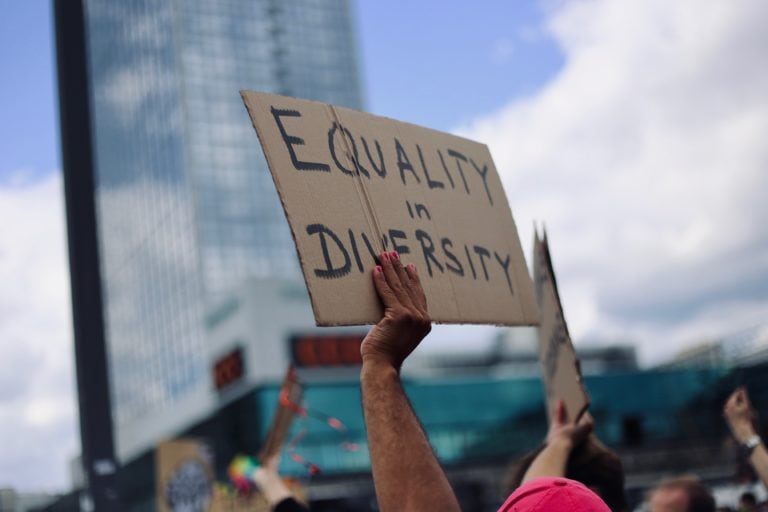Diversity and inclusion as a topic is becoming an increasingly relevant and discussed topic. Professor David Slocum, (Academic Director at Rare, a Google platform that enables under-represented talent to thrive and businesses to drive more inclusive cultures) says that “Homogenous teams produce homogenous outcomes. But diverse teams, built around different perspectives, experiences, and sets of skills, enable creativity and innovation.”
It is easy to see we should be doing more for diversity and inclusion. This requires a different way of thinking in how we foster a more inviting workplace where everyone feels encouraged to join, where people can speak up without fear so that diverse viewpoints can be heard.
For the most part, businesses are still hiring people they think will be a good ‘cultural fit’ – with attributes that will mesh with their organisation’s goals and values. There are a few key risks with this singular approach which may not align to diversity and inclusion measures.
- The first risk is that the norms, power structures and inequities in society can become reflected in an organisation – optimising to hire, train and reward people who ‘fit’ which then excludes those who ‘don’t fit.
- The second risk in hiring for ‘cultural fit’ is that it can easily veer us on a course where new hires all look, think and act alike, with the organisation becoming blinkered or narrow minded in its’ ability to respond effectively to the increasing rate of change as well as the diverse range of challenges it must navigate.
- Worse still, differing perspectives on how we can be better as a company and as human beings is under-valued – so talent walks… because they ‘don’t fit’.
Diversity and inclusion: Forget ‘Fit’ and help people to thrive
At TealPeople we often see in organisations a tension between Cultural Fit/Diversity and Inclusion. We would go as far to say that you either have cultural fit or you have diversity. You can’t have both. It isn’t wrong to have people who fit in your culture, but it is just not enough anymore. Instead of looking at effective hires as having the ‘right personality or cultural fit’ (which implies that there is a single personality/values-based type that makes a good hire), it is more helpful to look at the individual’s genuine potential to develop based on an appreciation of their unique personality, individual values, and natural working style. This notion of authenticity is at the core of Diversity and Inclusion – and an important factor in organisations having teams that can manage the interface between themselves, their organisation’s requirements, and the wider competitive environment.
Of course, hiring is only half the equation. Retention efforts are important too for diversity and inclusion. The organisation needs to create a culture where people can thrive and fulfil their potential, where they feel comfortable showing up as their authentic self – because how can someone be happy at work if they are hiding who they are?
Changing mindsets (changing culture) is the way to embed diversity into how we do business. Let’s be honest though, it can be hard to change people’s habitual ways of seeing others and build behaviours that enable them to respect diversity and make their teams and companies more inclusive. Robust data from tools like Organisational Network Analysis holds the mirror up, and helps you truly understand who your employees are, what they value and what they are valued for. Organisations can use the data to shine a light on otherwise hidden talent in the organisation, uncover blind spots, and understand the obstacles to supporting inclusion. Then the fun bit is to include everyone to find ways to re-imagine the obstacles and evolve to a more inclusive culture.
Organisations who successfully foster a culture of Diversity and Inclusion will be best positioned to hire and retain diverse teams, ultimately making their companies more relevant and their employees more engaged.
if you are an employer looking for help in your next hiring process, contact us today and we’d love to help.





